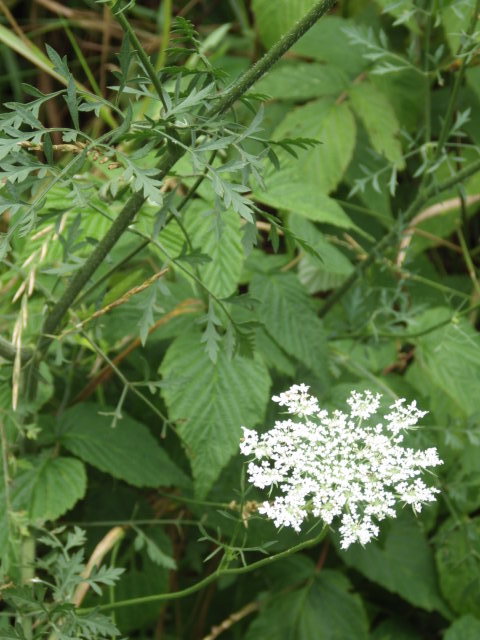During the all-too-brief week we spent on the Would-Be Farm in early July, I decided to postpone the research by getting clear (clear-ish) photos of the latest crop of mystery plants. This is not rocket science, but I am only just skidding into the new century of digital memory. When I was a googly-eyed junior in high school, being all moony and swoony over my equally googly-eyed boyfriend, our biology teacher, Mr. V. would shake his head at the sight of us two and mutter under his breath, "Two smarts equal dummy." Oh, Mr. V., even just the one sometimes equals dummy! Here's a few of the unknowns: I figured I'd have tons to time to do the research during my months away from the farm. After all, some of these plants are bound to be edible. So far, not so much research, but the winter is still young...
6 Comments
George A
1/24/2018 10:39:36 am
There's probably an app for ID'ing weedy plants where you snap a pix and then open it in the app.
Reply
Amy
1/24/2018 03:57:05 pm
Oh George --
Reply
George A
1/24/2018 04:12:00 pm
Look for one called " garden answers plant identification". I think it's free and available in both iPad/iPhone and Android versions.
Reply
George A.
1/24/2018 04:26:48 pm
And just think--a plant photo recognition app is a nice segue from your last post about wasting time with facial recognition/comparisons with historical figures!
Reply
Amy
1/25/2018 07:46:06 am
Hey George
Reply
George A
1/25/2018 09:05:14 am
Awwww! You're making me blush! Let us know if the app is actually useful!
Reply
Leave a Reply. |
About the Blog
A lot of ground gets covered on this blog -- from sailboat racing to book suggestions to plain old piffle. FollowTrying to keep track? Follow me on Facebook or Twitter or if you use an aggregator, click the RSS option below.
Old school? Sign up for the newsletter and I'll shoot you a short e-mail when there's something new.
Archives
June 2024
Categories
All
|

 RSS Feed
RSS Feed
